The air screams around their ship, the atmosphere burning and clawing at the heat shield. The cabin is dark and too hot after the long, cold quiet of space. Their hands find each other and twine together. I’m here, their interlaced fingers say. I’m with you. It doesn’t matter if they make it through. That they have come this far is victory enough.
***
Raia let go of the controls. The radiation storm had passed. Her hands ached and her eyes burned. The images were already fading from her mind. She scrubbed at her forehead, dislodging the webbed crown of sensors. Her skin tingled and flamed as though she herself had been the ship, slicing through the thickening atmosphere as she hurtled down towards a new world.
She staggered to her feet, drowning in the quiet emptiness of the med bay. Around her, the children slept. Bone weary, she checked the displays. All was well. They had heard her and calmed. No more would be lost today. She sent Jessi the all clear.
She padded down the corridor towards her bunk. She counted hatches, stopped at the fourth on the left. Raia reached for the palm pad. The wall in front of her tilted alarmingly. She flailed for a handhold, wondering frantically if the ship had sustained damage in the storm. Would life support go next? How long could they function in zero-g?
Raia found herself on the floor, not quite sure how she had gotten there. The artificial gravity was obviously still functioning. The corridor was silent. No alarms blared. She closed her eyes for a moment.
“Overdid it again, huh?” Jessi stood above her, arms folded.
“Aren’t you supposed to be flying the ship?” Raia reached her hands up towards her captain.
Jessi took hold of her arms and heaved her to her feet. “You know as well as I do that she flies herself most of the time.” She held Raia steady and looked her up and down. “How scrambled is your head?”
Raia shrugged. “I think I skipped any permanent brain damage.” For now. The energy necessary to connect the link was scorching away her mind every time she used it. The time was quickly coming when the damage wouldn’t be reversible.
“Take turns.” Jessi frowned and palmed open Raia’s door. “Some of the others will help.”
“It has to be me. They don’t settle for anyone else.” If the children woke up too soon, there would be no way to sustain them. Even if they survived being born without the proper procedure to wake them, the ship barely had enough resources to support the twenty-six crew members onboard. It had never been intended for interstellar travel. It was only Jessi’s quick thinking and Raia’s medical knowledge that had turned it into a viable life boat.
“We need you.” Jessi said softly, tucking her into bed. “Maybe even more than we need them.”
***
The ramp opens with a hiss. All they see at first is dust rising in the air like smoke. Smoke is the enemy in a spaceship. Smoke kills. They are afraid.
Then sunlight splits the dark plumes. The air turns to gold, warm and sparkling. Tentatively, they go forward through the dust. The ramp clangs beneath their feet. For a moment, they are blinded by the light of this new sun.
When their eyes clear, there is a field before them. A warm, sweet-scented breeze sings through slender stalks of blue grass. There are trees in the distance, reaching straight and tall towards the golden sky. It is not like the home they left, but it is beautiful all the same. Even more so because of what they have lost.
They go slowly, scanners clutched in trembling hands. In the shuttle, they were ready to die trying. Now that they see the future ahead of them, they are not willing to let it fade so easily.
***
“How much longer?” Raia asked, leaning over Jessi’s shoulder as the other woman flipped through holo-maps of their route.
“A month, maybe two. How many times are you going to ask me?” Jessi grinned, her tone light and teasing.
Raia’s smile faltered. She couldn’t remember having asked before. She pulled away, moving to the dispenser and filling a cup with water. If Jessi saw her face, there would be questions. Raia was a scientist. The truth had always been too important for her to be a good liar. If she started talking, she would tell Jessi about the brain scans she had done on herself this morning. Her fear would spill out and then they would have to make a choice between Raia’s mind and their future.
“I’m worried about the kids.” Raia said instead. She had never wanted children. She had lived for her lab and the research that had taken up her days and nights far more fully than any lover ever could. But the three hundred and seventy-two little lives in the med bay had become everything.
“Something wrong?” Jessi shut down the map and swiveled her chair around.
“Nothing new. It’s just… they’ve been exposed to a lot.” They had started with four hundred. Four hundred artificially fertilized eggs meant for Raia’s experiments.
One hundred and fifty of them had been brought from the moon at nearly seven months along. She had wanted to know what effects gestation in lower gravity would have. Those had done better than the Earth grown children. Only two of that group had been lost.
If Jessi hadn’t been dropping off the embryos when the Earth died, none of them would have made it. The sky had gone dark, then red. The ground had trembled without ceasing. Communications were shattered. Raia had loaded her Earth-grown embryos and what equipment she could onto Jessi’s ship and they had taken off.
They still didn’t know what had happened. It could have been the first and final act of a new war. It could have been an untracked meteor or a natural disaster. In the end, it didn’t matter. They had hung in the asteroid belt and watched while the planet came apart. Then they had taken Raia’s experiments and run for the stars.
Jessi waved a hand in front of her face. “Where’d you go?”
“Same place as always.” Raia gripped Jessi’s shoulder. They didn’t have to talk about that day. It was always with them.
***
Raia walked through the med bay. They were stacked row on row in their improvised life support units, little faces sleeping behind translucent glass. She had slowed their growth as much as she could, but it was a long journey to the nearest habitable world. Most were well past the stage when they should have been born.
It had been desperation that made her link them all together so they wouldn’t be alone while they waited, so their minds wouldn’t stagnate and fail. It had been raw hope that made her plug herself in and tell them the first story to keep them asleep and help them learn. A neural link like the one she had created hadn’t really been tried before and the only equipment she had to use was salvaged from spare parts meant for other things. She had known there was risk. She hadn’t expected it to burn through her like it had. Certainly not so quickly.
She sat at her desk. Atmospheric disturbances made them restless. Anything the ship’s shields couldn’t blot out set them off. It was getting worse as they were getting older. Raia pinched the bridge of her nose. She was losing things. There were more and more holes in her days. Jessi and some of the crew were starting to notice.
They would be good parents. Jessi’s people were disciplined and steady. Most of them were kind. All of them were decent and used to working together. Jessi wouldn’t have kept them on otherwise. They would make good colonists, too.
Raia buckled her restraints with shaking hands. She hadn’t been able to feel her fingers for two weeks. It took three tries to get the sensor net settled over her head. Re-entry would be difficult on the kids, but it was their last major hurdle.
Numbers flashed on her screen, counting down the time to contact with the atmosphere. When she had realized what was happening to her, she had left written instructions on how to wake the children up and remove them from their units. She had stacked them by age. As long as the ship had power, they could wake the kids in batches. Hopefully when they were on the ground and the ship was settled, the children would stabilize as well.
The ship shuddered as the countdown reached zero. The planet had looked so small on the screen, green and blue and white and so far away. It had seemed farther once she could actually see it spinning below them. She hoped there was enough of her left when this was done to see it up close.
The ship shook again. She keyed the controls. It was time.
***
They build houses. It is hard work. It takes sweat and tears, sometimes blood, but it is done. They plant gardens and grow food. They are together. They are a family. Sometimes they fight and bicker. They learn to compromise, to listen to what is needed and learn what makes this world thrive. It isn’t the same as the one they left. The stories of what was are just memories, warnings, and hopes.
But they live. They live well. And humankind lives in them.
***
It wasn’t until the ship was secured that Jessi thought to wonder where Raia had gotten to. The other woman would be with the children, of course, but Jessi expected to have heard from her by now. Unless something had gone wrong.
She didn’t run, though she wanted to. The corridors got emptier and emptier as she approached the med bay. The crew was running scans, making plans for exploring the surface. So far everything looked good, better than they could have hoped for with only some spotty long-range survey records and outdated nav holos to guide them.
Her boots echoed in the deserted hallway. She took a breath and held it, working to slow her racing heart. She palmed open the door.
The familiar buzz and hiss of machinery greeted her. It was a good sound. The floor was clean. None of the spilled fluid and shattered glass that marked a failed attempt to save a waking child was in evidence. “Raia?” Jessi called, rounding the corner towards the control desk.
The other woman lay back in her chair, her hands limp and broken-looking on the controls. Jessi’s feet carried her forward.
Raia’s chest rose and Jessi let out the breath she’d been holding. “Raia?” She asked again. She hated the hope in her voice. She knew better. She reached the chair. Raia stared upwards, her eyes fixed far away. The sensor web was still attached. Jessi removed it, checking to see that the program had shut off. It had. Jessi blew in Raia’s face, pinched her arm. She didn’t even blink.
“Captain?” Her comm beeped. “The air’s clear. We can go outside.” Her first officer’s voice bubbled with suppressed excitement.
“Understood.” The word caught in Jessi’s throat. She coughed and forced this latest grief down with all the rest. “I’m on my way.”
She looked around the room. The little ones were sleeping peacefully. She was grateful, so grateful and so shattered. They would have a life on this new world. Humanity had a chance, even if there was no one else out there. Jessi hoped it would be enough.
She scooped Raia’s vacant-eyed shell into her arms. “C’mon.” She whispered, tears running down her cheeks. “We’ll go together.”
© 2016 by Kate O’Connor
Author’s Note: This story was inspired by Hans Christian Andersen’s The Little Match Girl. When I heard the story as a child, I really just wanted to get a hold of some matches that let me make my dreams real. When I heard it again as an adult, I was reminded of how our hopes and wishes can create a better world in even the most desperate situations. Wondering about what those magic matches would show at the end of the world led to “May Dreams Shelter Us.”
 After graduating from Embry-Riddle Aeronautical University, Kate O’Connor took up writing science fiction and fantasy. Her short fiction has most recently appeared in Intergalactic Medicine Show, StarShipSofa, and Escape Pod. In between telling stories, she flies airplanes, digs up artifacts, and manages a dog kennel. Her website can be found at kateoconnor3.wordpress.com.
After graduating from Embry-Riddle Aeronautical University, Kate O’Connor took up writing science fiction and fantasy. Her short fiction has most recently appeared in Intergalactic Medicine Show, StarShipSofa, and Escape Pod. In between telling stories, she flies airplanes, digs up artifacts, and manages a dog kennel. Her website can be found at kateoconnor3.wordpress.com.
If you enjoyed the story you might also want to visit our Support Page, or read the other story offerings.
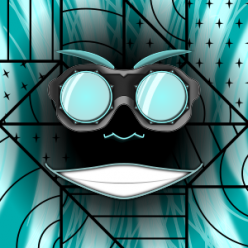
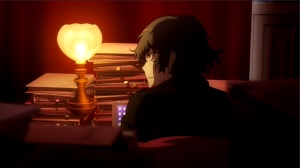 Rampo Kitan: Game of Laplace commemorates the 50th anniversary of the death of renowned Japanese mystery author Rampo Edogawa, and each episode is based on one of his works, updating the time period from the first half of the 20th century to modern day.
Rampo Kitan: Game of Laplace commemorates the 50th anniversary of the death of renowned Japanese mystery author Rampo Edogawa, and each episode is based on one of his works, updating the time period from the first half of the 20th century to modern day.
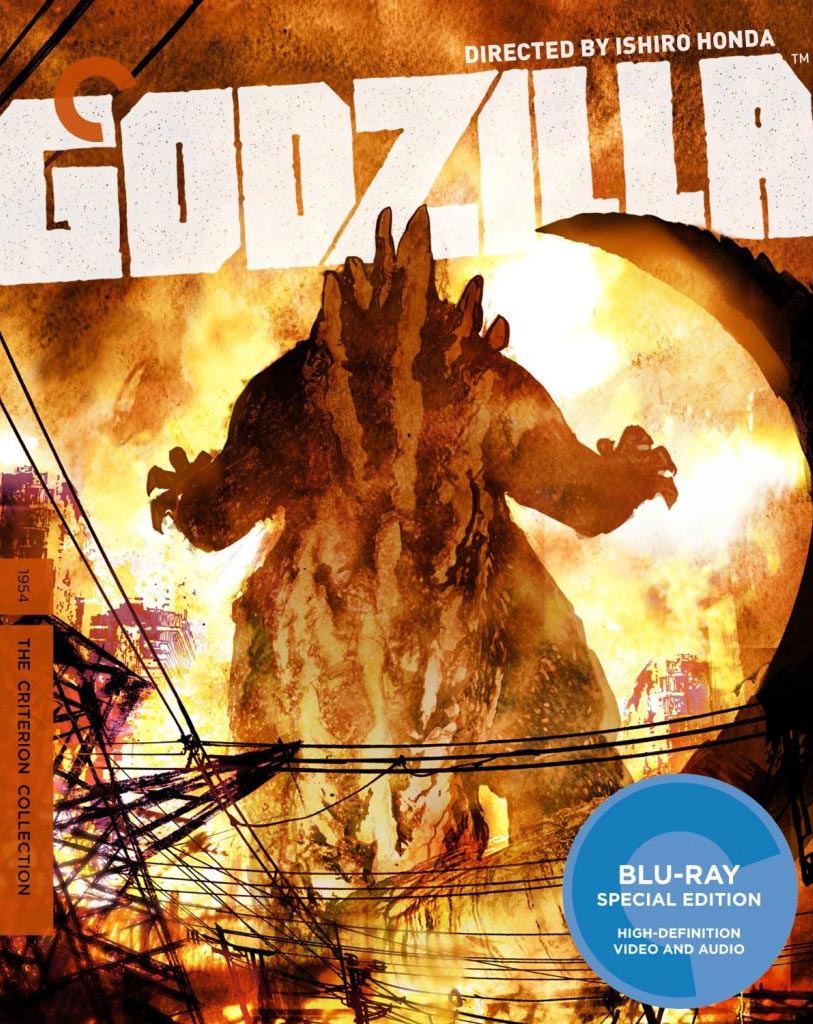 Godzilla (1954)
Godzilla (1954).jpg) The Bay (2012)
The Bay (2012) C.H.U.D. (1984)
C.H.U.D. (1984) The Day After Tomorrow (2004)
The Day After Tomorrow (2004)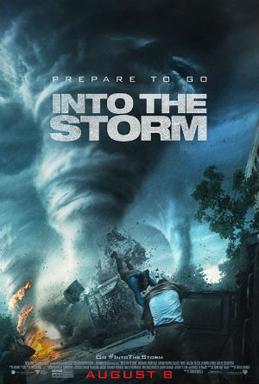
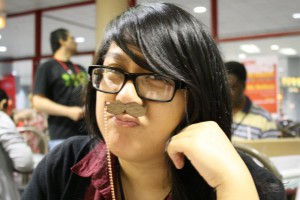



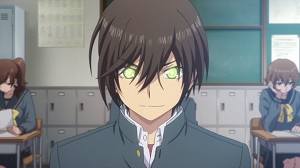
![Pageflex Persona [document: PRS0000039_00012]](https://www.diabolicalplots.com/wp-content/uploads/2015/11/Long-List-BookCoverebook-200x300.jpg)